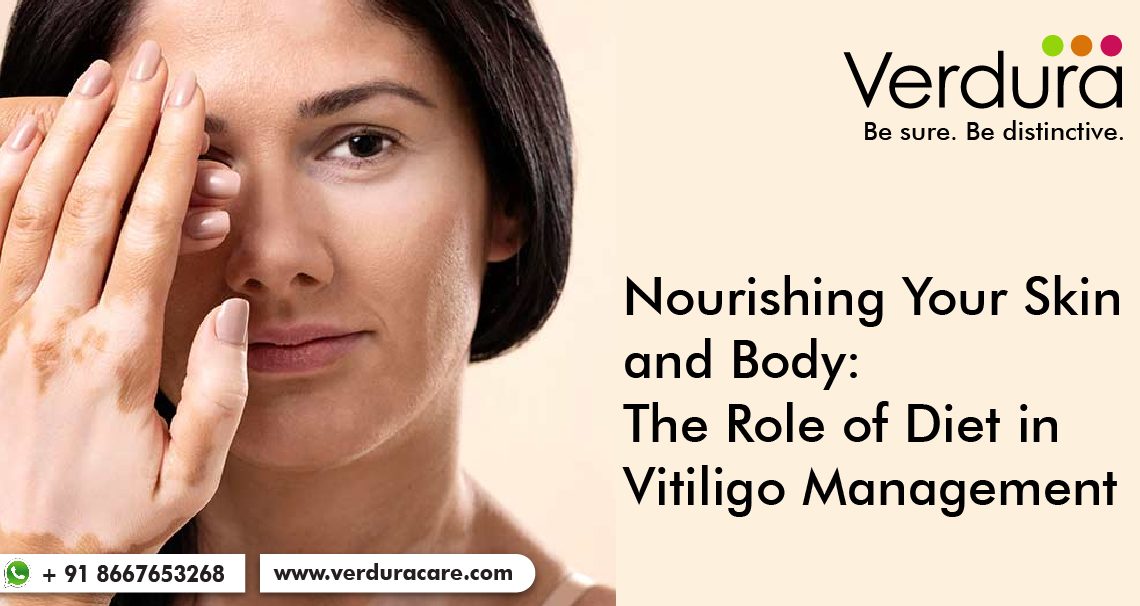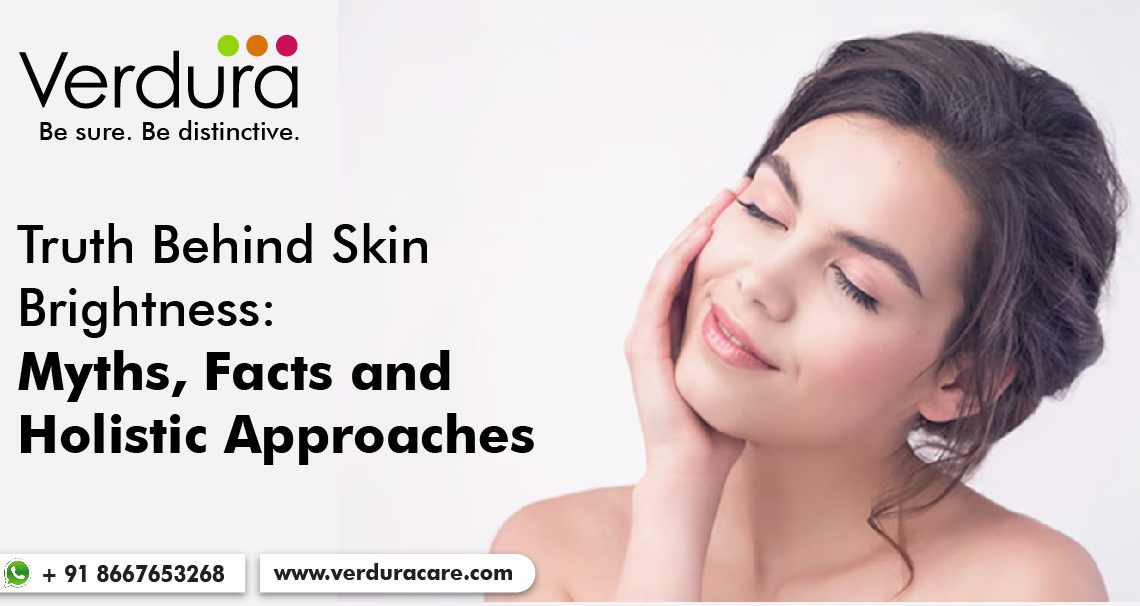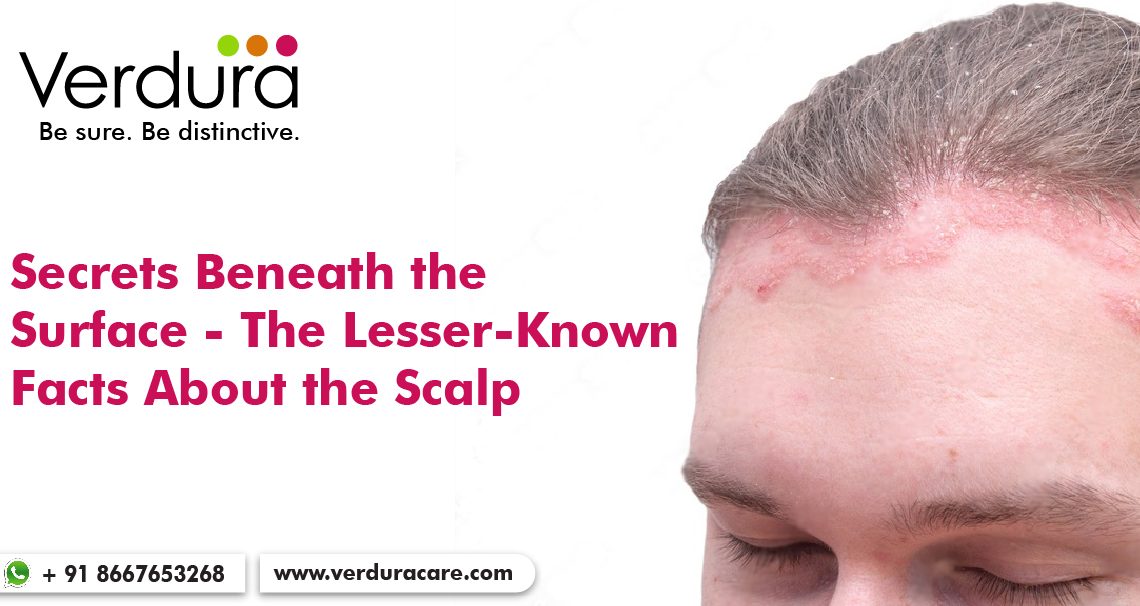When we think about our body, certain parts take the spotlight while others remain in the shadows. The scalp, often overlooked in favor of more prominent features, holds a plethora of intriguing secrets that influence our health, appearance, and even cultural practices. In this blog, we embark on a journey of discovery, delving into lesser-known facts about the scalp and uncovering the mysteries that lie beneath its surface.
- A Dynamic Ecosystem
The scalp is home to a dynamic ecosystem of microorganisms, including bacteria, fungi, and mites. These microorganisms form a delicate balance that contributes to scalp health. While some play a role in maintaining a healthy environment, others can lead to issues like dandruff and itching. Understanding this delicate balance can shed light on effective ways to care for the scalp.
- Hair Growth Cycles
Each hair on our scalp goes through a growth cycle that consists of three phases: anagen (growth), catagen (transition), and telogen (resting). Interestingly, not all hairs are in the same phase simultaneously, leading to the varying lengths and textures we observe. This cycle also influences hair shedding patterns and the overall appearance of our hair.
- Scalp Sunburn and Protection
The scalp is a common site for sunburn, yet it is often overlooked in sun protection routines. The sparse hair coverage and high sun exposure make the scalp susceptible to damage. Wearing a hat, using sunscreen, or opting for protective hairstyles can help shield the scalp from harmful UV rays and prevent sunburn.
- Emotional and Physical Sensitivity
The scalp is rich in nerve endings, making it one of the most sensitive areas of the body. This sensitivity contributes to the pleasurable sensation we experience during activities like getting our hair washed or receiving a scalp massage. These sensory experiences are not just about relaxation; they can have a positive impact on our overall well-being.
- Hair and Identity
Throughout history and across cultures, hair has held immense cultural and symbolic significance. Our scalp plays a pivotal role in defining our appearance and, consequently, our sense of identity. From religious practices to fashion choices, the way we treat and style our hair reflects our personal and cultural narratives.
- Scalp Conditions and Health
Scalp health is often a reflection of overall health. Certain conditions, such as psoriasis, eczema, and alopecia, can manifest on the scalp and provide early indications of underlying health issues. Paying attention to changes in the scalp can prompt timely medical intervention and preventive measures.
Choose the right products according to your hair type and a shampoo plays a crucial role in it to maintain the lengths of your hair Verdura anti scaling scalp shampoo is formulated with potent herbs and anti- dandruff agents to protect your scalp from hairfall , dandruff etc
Beneath the layers of hair and beneath our daily routines lie a world of captivating insights and hidden truths. The scalp, a dynamic and sensitive landscape, is far more complex and influential than we might have imagined. From its role in hair growth to its impact on our emotions and identity, the scalp deserves our attention and care. As we unveil these lesser-known facts, we gain a deeper appreciation for this integral part of our body and the role it plays in our holistic well-being.


